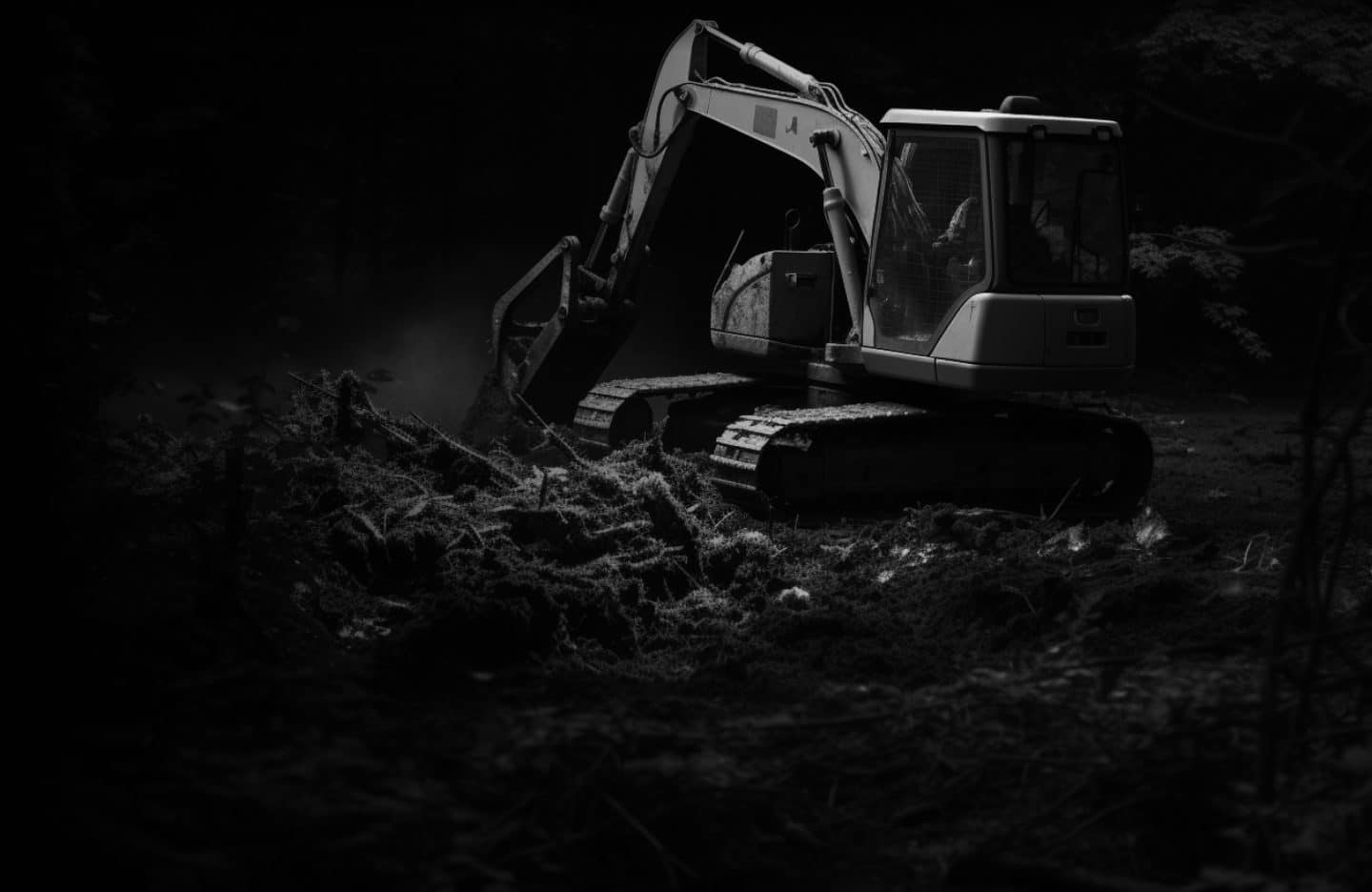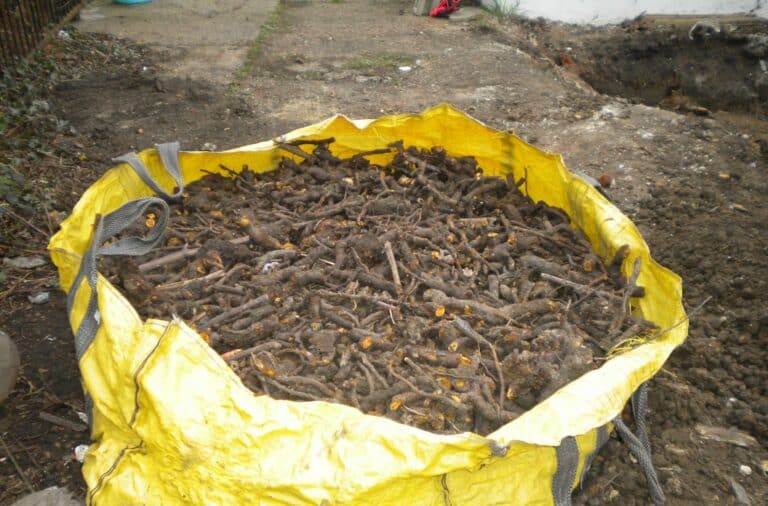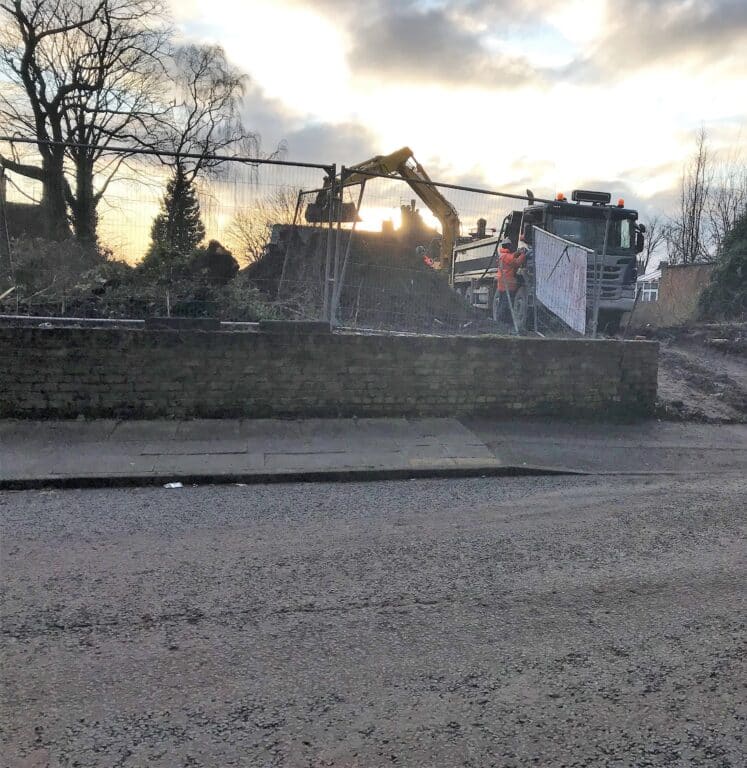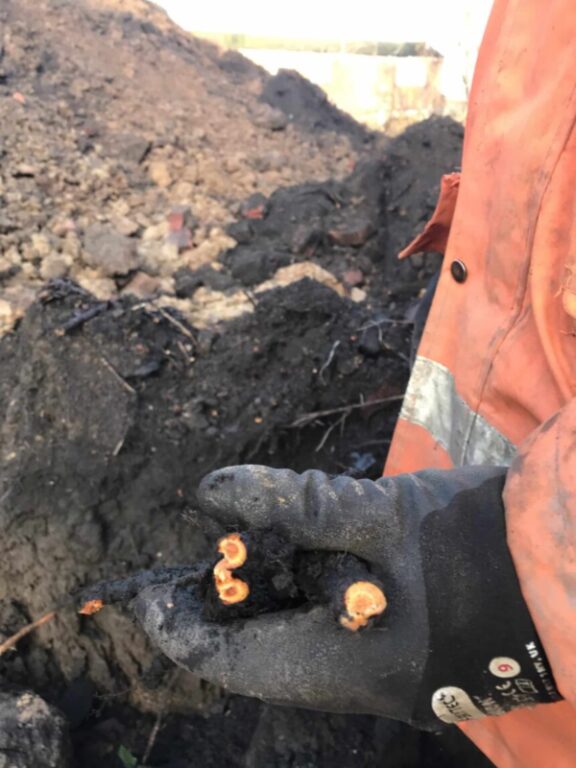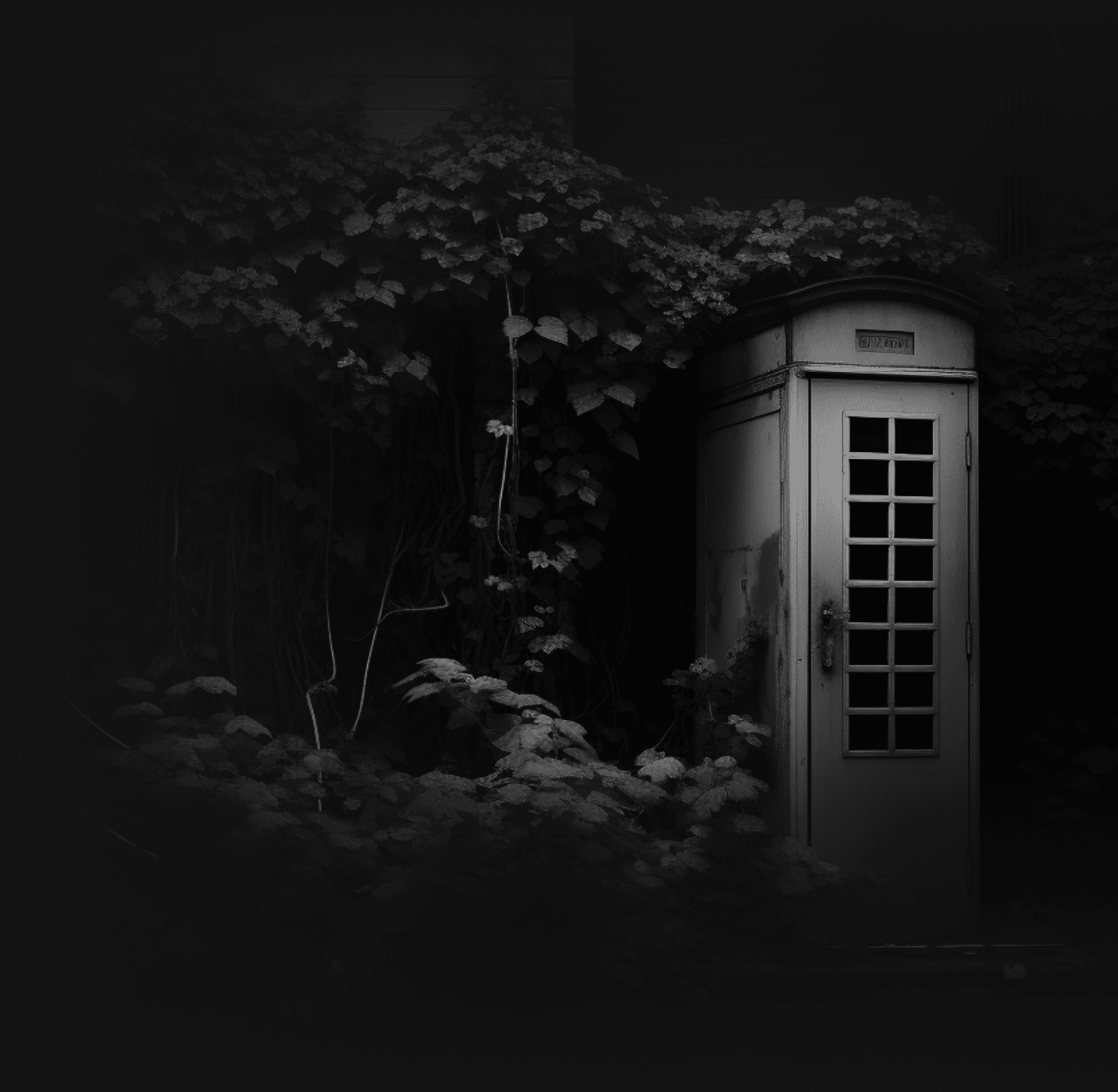Japanese Knotweed Disposal: The Process
Proper disposal of excavated Japanese knotweed involves a series of steps to ensure compliance with regulations and responsible waste management. Here, we outline the process to guide you through Japanese knotweed disposal in the UK.
1. Excavation and Removal
The first step in the process is the careful excavation and removal of Japanese knotweed from the site. It is crucial to employ experienced professionals who are knowledgeable about the correct techniques to minimize the risk of spreading the plant during excavation.
2. Packaging and Transportation
Once excavated, the Japanese knotweed must be securely packaged to prevent any further spread. It should be placed in sealed, robust containers or bags that comply with waste transportation regulations. The packaging should be clearly labeled as “Japanese knotweed” to ensure proper handling.
3. Licensed Waste Carrier
To transport the excavated Japanese knotweed, you must engage a licensed waste carrier. It is illegal to transport controlled waste, including Japanese knotweed, without the appropriate license. The waste carrier will transport the packaged Knotweed to a licensed disposal facility.
4. Licensed Disposal Facility
Japanese knotweed disposal must be completed via a licensed waste disposal facility authorised to accept controlled waste. These facilities have the necessary permits and infrastructure to handle and process the Knotweed in an environmentally safe manner.
5. Documentation and Record-Keeping
Throughout the disposal process, it is crucial to maintain accurate documentation and records. This includes waste transfer notes, consignment notes, and proof of the licensed waste carrier. These records demonstrate compliance and can be requested for verification by authorities.
6. Certificate of Disposal
Upon successful disposal of the excavated Japanese knotweed, you may receive a certificate of disposal from the waste disposal facility. This document serves as proof that you have fulfilled your legal obligations and can be retained for future reference.
In Summary
Disposing of excavated Japanese knotweed in the UK requires compliance with legal regulations and responsible waste management practices. By understanding the legal ramifications and following the correct procedures, you can ensure the safe and compliant disposal of this invasive plant. Remember to engage professionals, use licensed waste carriers, and dispose of the Knotweed at authorised facilities. By doing so, you contribute to preventing the further spread of Japanese knotweed and protect the environment.

